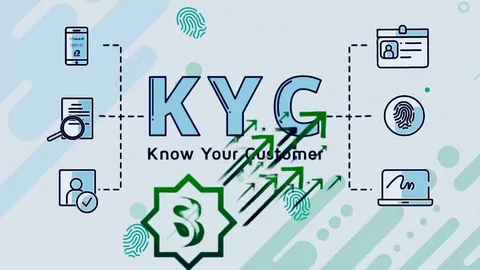The digital transformation of the financial sector has brought new convenience—and new complexities. As mobile apps and online services redefine how people interact with money, financial institutions are challenged to balance user-friendly onboarding with airtight security. At the heart of this balancing act lies one essential framework: Know Your Customer, or KYC.
A New Era of Identity: Beyond Face Value
Identity used to be a static concept—verified once, then archived. But in the digital world, identity is dynamic. It evolves with each transaction, each login, and each new account opened. This evolution demands a verification process that is both robust and adaptable.
That’s where kyc verification comes into play. It’s not just about collecting documents. It’s about validating a person’s real-world identity across digital touchpoints in a way that is secure, scalable, and compliant.
KYC as a Gateway to Trust
Financial relationships are built on trust, and trust begins with knowing who you’re dealing with. KYC is the institutional method of establishing that knowledge.
By requiring users to verify their personal details, financial service providers can:
- Confirm identity legitimacy
- Flag mismatches or anomalies
- Assess risk profiles early on
This gatekeeping role of KYC is crucial in today’s threat landscape, where fake accounts, identity theft, and synthetic identities are increasingly common.
The Anatomy of a Strong KYC Process
A well-structured KYC process often consists of three key stages:
- Customer Identification
At this stage, the individual submits information such as name, birthdate, and ID numbers. This is matched against reliable sources, such as government databases or biometric records. - Due Diligence
Risk-based assessment is applied to determine whether the customer requires basic or enhanced scrutiny. Higher-risk users—such as those from politically exposed or high-fraud regions—undergo deeper checks. - Ongoing Monitoring
Contrary to popular belief, KYC doesn’t end at sign-up. Financial institutions must continuously monitor for unusual transactions, outdated records, or behaviors inconsistent with the user’s original profile.
Regulatory Backbone and Global Implications
KYC isn’t just a best practice—it’s a legal requirement in most jurisdictions. In the Philippines, for example, the Bangko Sentral ng Pilipinas (BSP) mandates KYC protocols under its anti-money laundering and counter-terrorism financing laws.
Globally, failing to implement proper KYC processes can result in:
- Regulatory penalties
- Loss of operating licenses
- Reputational damage
- Increased vulnerability to financial crime
In contrast, robust verification not only ensures compliance but also enhances brand credibility and customer loyalty.
KYC’s Impact on Financial Inclusion
Interestingly, one of the lesser-discussed outcomes of digital KYC systems is their role in advancing financial inclusion. Traditional banks often exclude individuals who lack formal identification or credit histories. But with the help of digital tools—especially those using alternative data such as mobile usage or social patterns—institutions can now onboard users from underserved segments.
KYC, when implemented thoughtfully, becomes a bridge—not a barrier—to bringing more people into the formal financial ecosystem.
Looking Ahead: Smarter, Seamless KYC
The next frontier in KYC is about intelligence and integration. As artificial intelligence and big data become more embedded in financial services, KYC systems will need to be predictive rather than reactive.
This means:
- Real-time risk scoring
- Behavioral analytics
- Instant cross-referencing with watchlists
- Seamless onboarding without compromising security
Ultimately, KYC verification is evolving from a regulatory checkbox into a cornerstone of digital trust. It not only protects institutions from bad actors but also helps them better understand and serve their customers.

